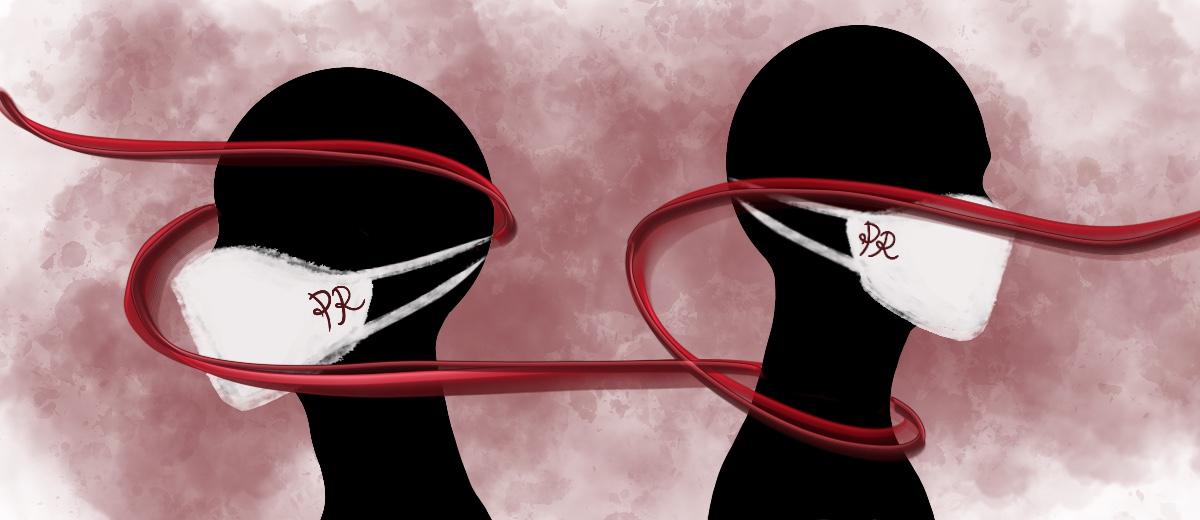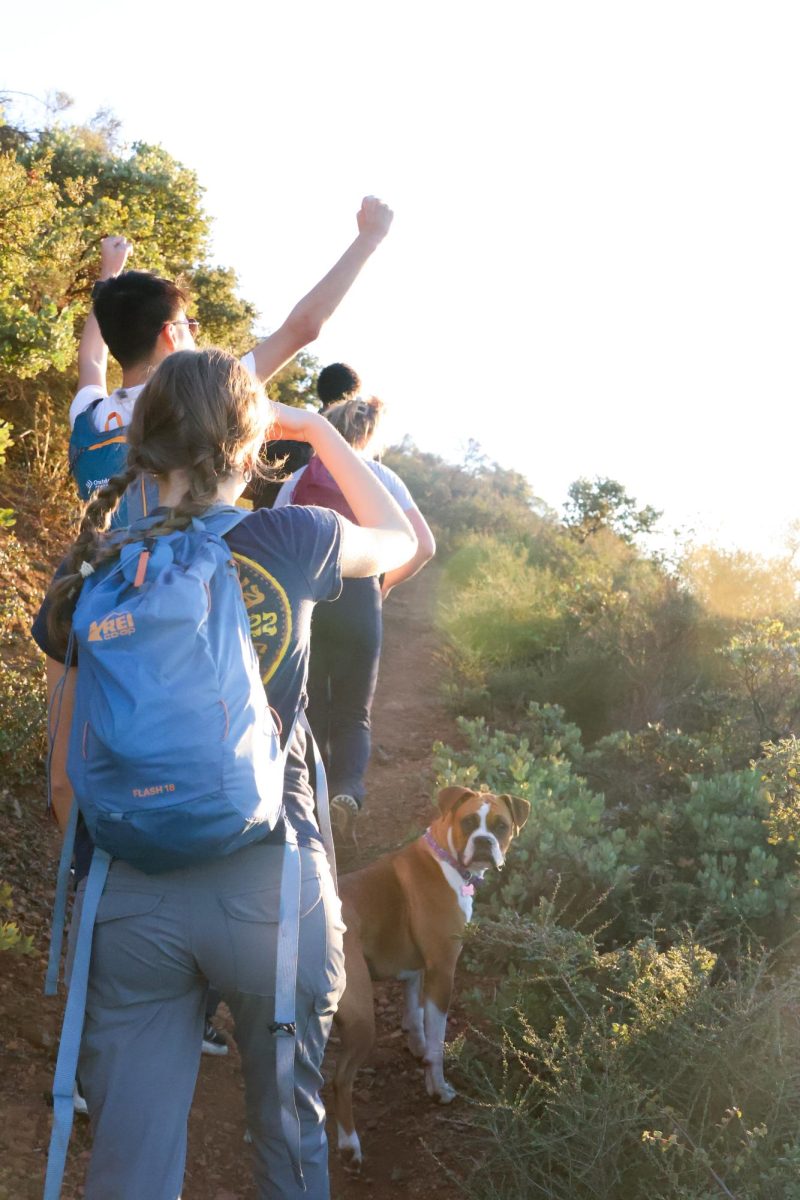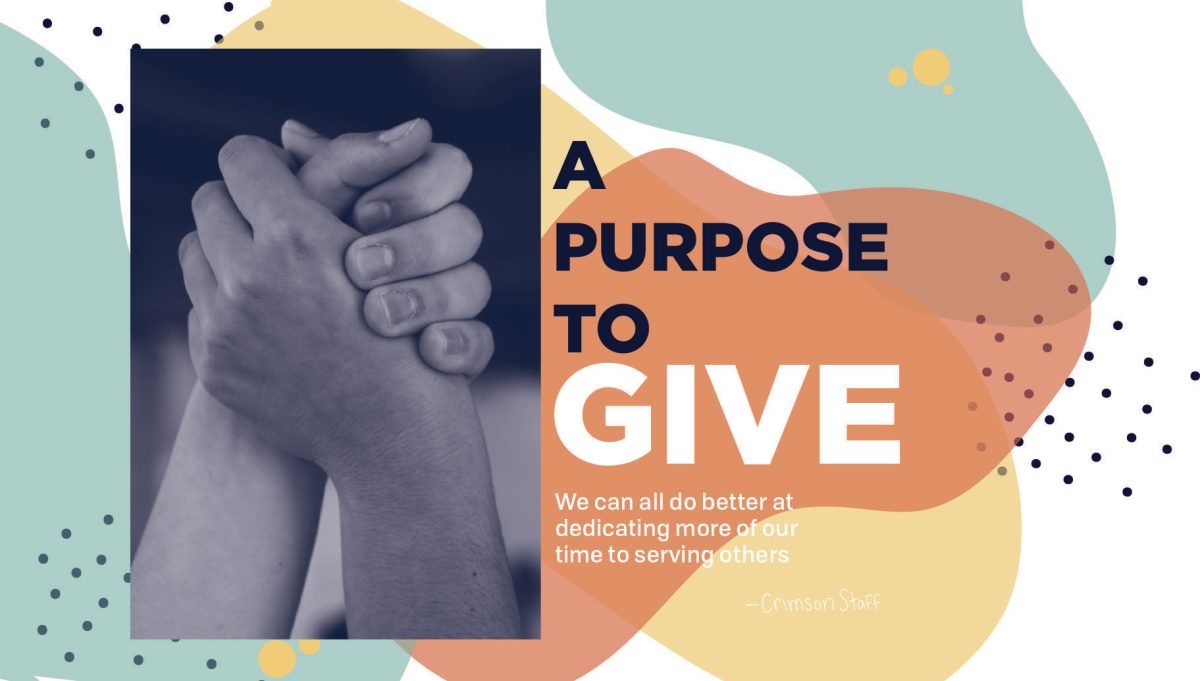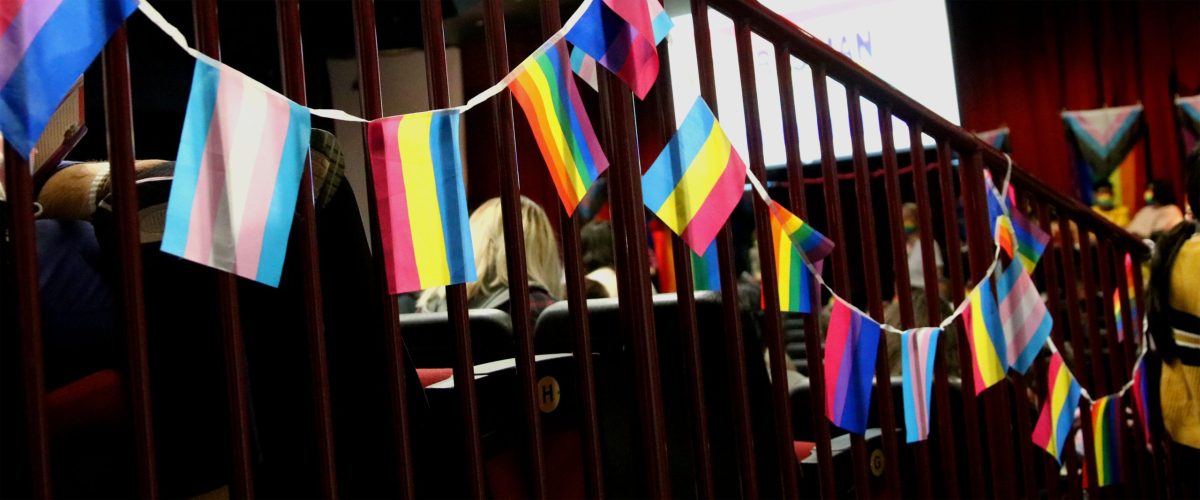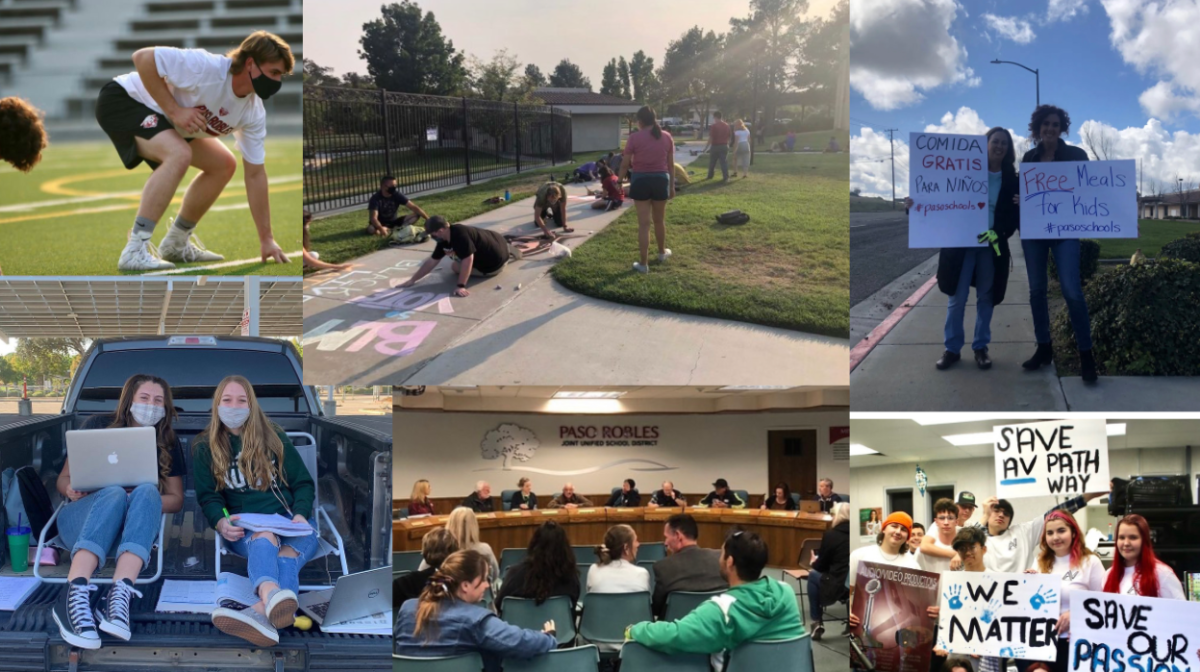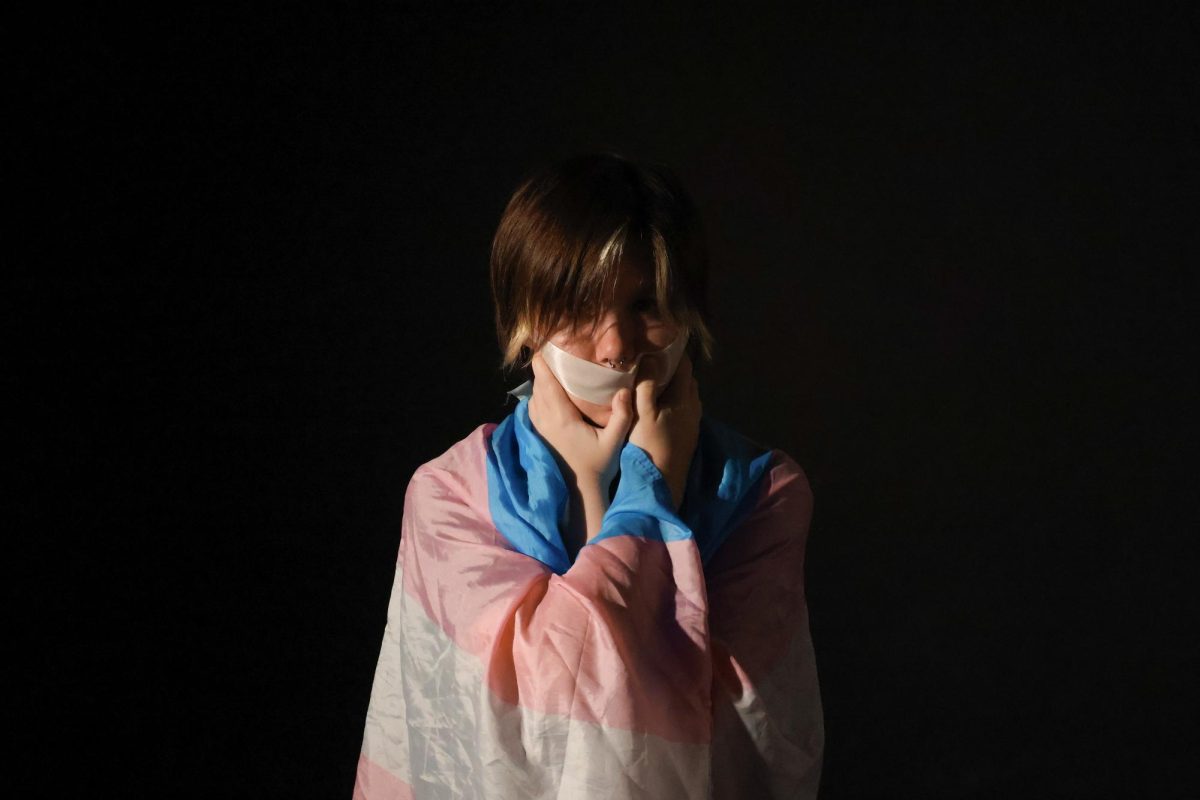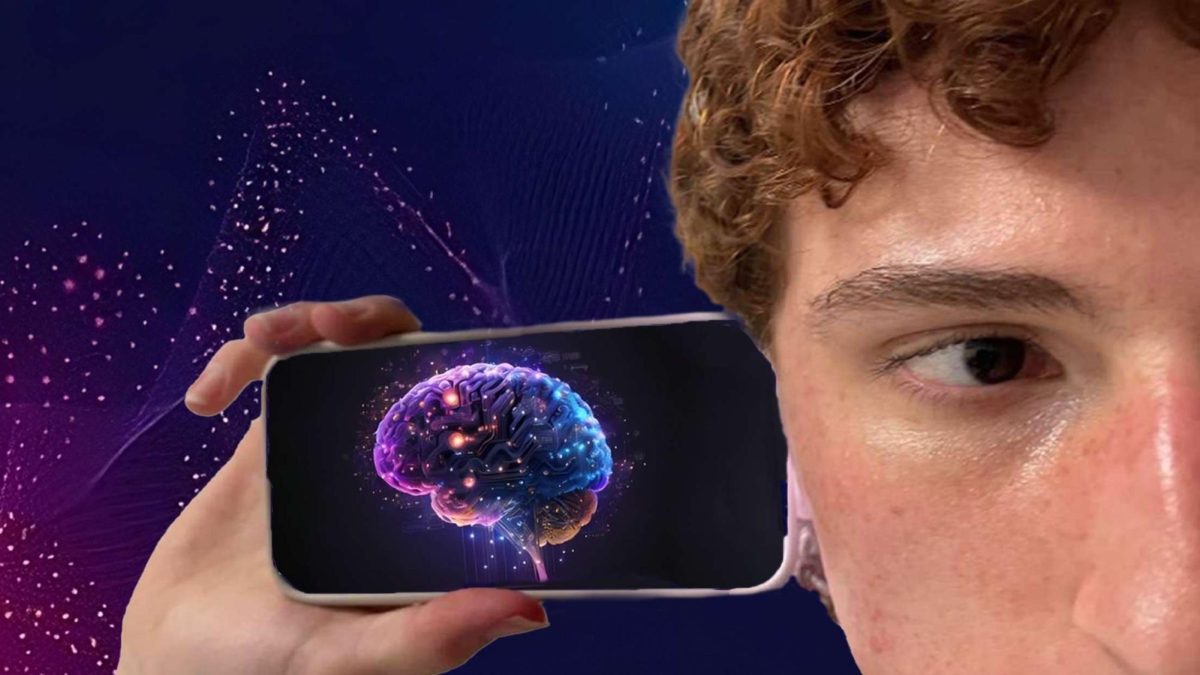Student participation is the key for a safe return to campus.
[dropcap size=small]S[/dropcap]tudents received hopeful news this month that classes may resume in January of 2021. Happy as students are to finally park their cars, step over the entrance gate, and welcome friends and teachers back to PRHS after nearly two semesters of online school, all the problems that plagued the online student are not cured.
As of October, SLO county is still locked in the red tier of the opening phase, which qualifies that district to resume in person classes, according to state guidelines. But the bulk of the trouble lives at home; since mid-March, Paso Robles has had the most cases of any city in SLO county, according to The Tribune.
Now, more than ever, commitment to social distancing and mutual mask wearing is essential to curbing this transmission and securing the safe and permanent return of PRHS.
It is a time for celebration and excitement, but it is also a time to re-examine social responsibility as a post quarantine student. The return of school does not mark the end of the pandemic. Rather, it is an adaptation of the new COVID age— day to day life that will be steeped in the familiar learning curves, daily scrubbing, and uncertainty.
Due to the sheer number of students, they operate as the main potential super spreaders in the district’s plan. One unreported case of COVID-19 could shut the school down for two weeks at a time. One slip of the mask could quarantine a whole class and set of faculty. Students should not rally for the district to allow things to “go back to normal.” The district is already planning on it. Rather, it is now the student’s responsibility to ensure a guarded return to school life.
The two top protocols returning to PRHS are social distancing and mask wearing. Although these measures may feel like an inconvenience, social distancing and masks are two effective ways to prevent further spread of COVID-19. With a virus that can cause asymptomatic illness, especially in younger people, an infected person can spread the virus without noticing. When masks are worn firmly over the nose and distance is maintained at six feet, students can ensure that no droplets are inhaled after sneezing, coughing, or even speaking.
Wearing a mask keeps “people who are infected from spreading respiratory droplets to others,” according to the CDC. “[Social distancing] helps limit opportunities to come in contact with contaminated surfaces and infected people.”

While masks can cause minor discomfort, sore ears, and mask acne, they are a new adjustment in daily life— a shield for those “just in case moments”. Masks serve as the vital extra layer that prevents microscopic droplets launched by the nose and mouth from transmitting to a bystander.
When wearing a mask, the student body can protect its friends, teachers, and staff from our previously taken risks. When social distancing, we are creating an extra step that ensures the safety of others.
It may be tempting to believe that wearing a mask is a pass to “return to normal.” However, it’s important to remember that masks are just one in an array of options we have when it comes to enforcing prevention.
Tracing previous cases is equally essential to stopping its spread. It’s asymptotic nature can make this difficult, especially in situations when a person is tested days after the first symptom. The average waiting period of 2-3 days adds additional time to a firm confirmation. Students may be unaware of a possible transmission for almost a week.
When presented with methods that decrease the risk of infection, disregarding them because of a little extra effort or discomfort is casting aside the health of you, your loved ones, and our community.
A slice of normal routine may seem like just the thing our collective mental health needs at the moment; however, if we choose to disregard the set protocols, our physical health will suffer. We can decide to put our own lives at risk, but when a safety measure is deemed overdramatic or unnecessary, a student can not make that decision for another student. By choosing to not wear a mask, or stand a little too close for comfort, we are indirectly putting our peers at risk of hard to trace virus.
If socialization is what the student body wants, it can dotheir part by respecting these new standards of public education.


